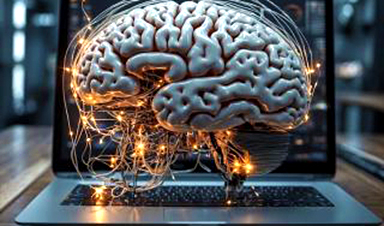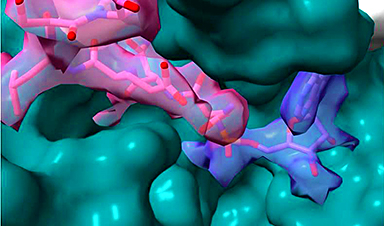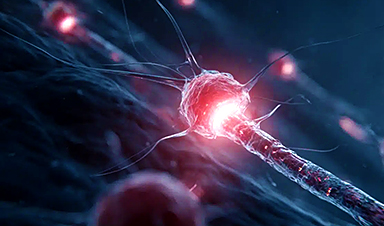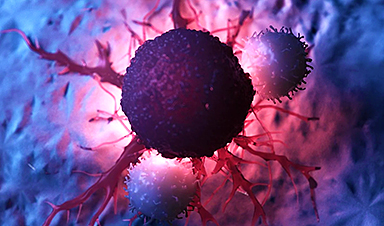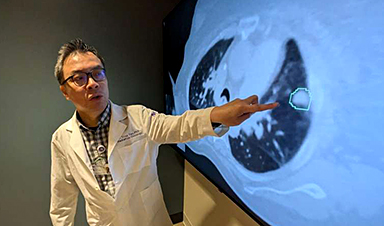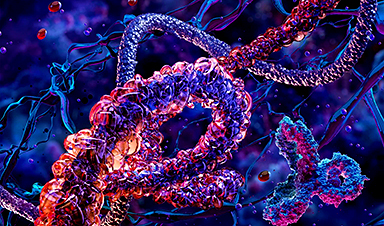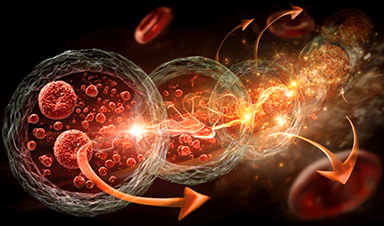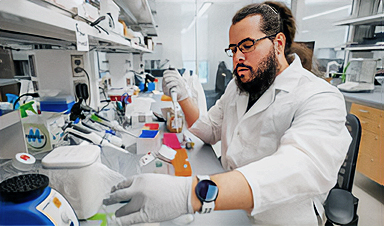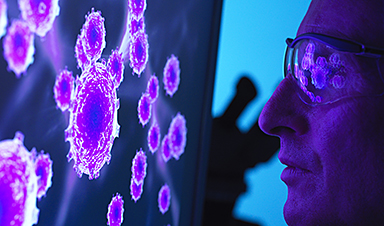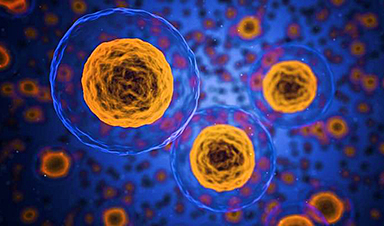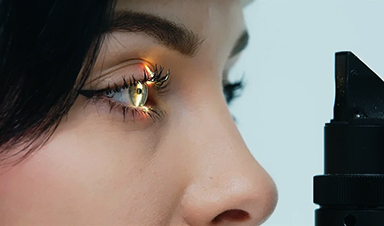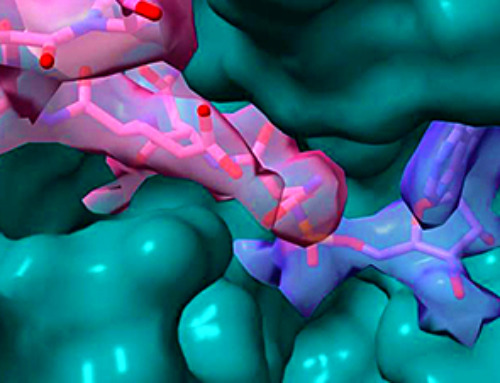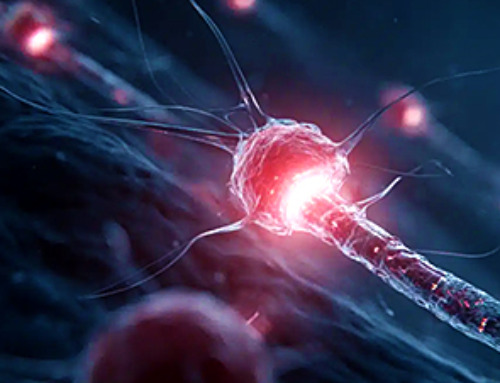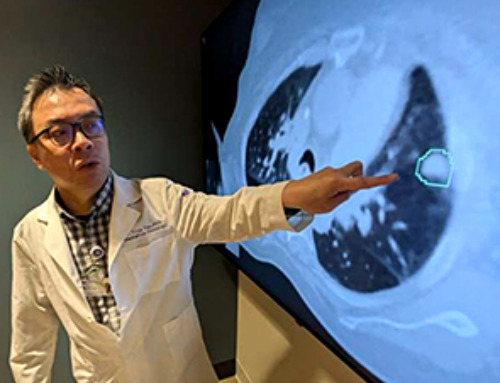News flash: The Digital Age is over.
As we transition from the era of digital domination, where technology led the march of progress, we are entering a fundamentally different epoch. This new era—the Cognitive Age—pivots on a central, transformative theme: The essence of being human—our thoughts, our consciousness, our very cognitive processes—are becoming the forefront of innovation and technological advancement.
This shift signals a move beyond the conventional ideas where technology and digitalization were the harbingers of change. In the digital era, we marveled at the prowess of binary code and silicon chips, which transformed our physical world in unprecedented ways. The narrative was primarily about machines and systems, about algorithms and automations. The value of these advances is still critical and fundamental to our path forward. However, as groundbreaking as these developments were, they set the stage for an even more revolutionary shift.
Enter the Cognitive Age, where the focus transcends technological tools and zeros in on the human mind itself, in partnership with the very technologies that were once the main act. This age is not defined merely by the tools we create but by how these tools intertwine with, extend, and enhance our cognitive capacities.
At the core of this transformation are technologies like generative pre-trained transformers and advanced large language models (LLMs). While these tools are technological marvels, what sets them apart is their ability to interact with, and augment human thought processes. Unlike the earlier eras of technological advancement, where human interaction with technology was largely unidirectional, we are now looking at a future where the interaction is reciprocal.
This shift brings with it a renewed emphasis on the uniquely human aspects of creativity, emotion, and ethical decision-making. As AI and LLMs grow more sophisticated, they don’t just process data; they start to understand context, emotion, and subtlety in a way that resembles human thought. This capability does not replace human cognition but complements it, leading to a co-evolution of human and machine intelligence.
In fact, this unique synergy is coming to life with the recent launch of the Humane AI Pin. This $699 device, comprising a square unit and a magnetic battery pack, simplifies interaction with technology. Controlled via voice, camera, gestures, and a small projector, it weighs just 54 grams in total. Notably, it doesn’t continuously record or listen passively, ensuring privacy and user control.
At the heart of the AI Pin is its connection to AI models, especially ChatGPT, facilitated by the Cosmos operating system. This system bypasses traditional app usage, routing user queries directly to relevant tools. The AI Pin’s functionality extends beyond mere gadgetry; it’s a wearable, AI-powered assistant capable of voice messaging, summarizing emails, analyzing food for nutritional information, and providing real-time translations. Future updates promise navigation and shopping features, with an open invitation for developers to further expand its capabilities.
This co-evolution has significant implications for innovation. The Cognitive Age pushes us to reimagine the nature of problem-solving, creativity, and ideation. It challenges us to rethink the dynamics of how we interact with technology, shifting from a mindset of creating tools to facilitate human tasks to fostering an environment where human and machine intelligence co-create, co-innovate, and collectively transcend the limitations of each.
Moreover, this shift underscores a fundamental truth: In the Cognitive Age, humanity isn’t just the beneficiary of innovation but an integral component of it. The technology doesn’t just serve us; it engages with us, learns from us, and in turn, we adapt and learn from it. This symbiosis is reshaping not just our tools and processes but our very conception of what it means to be human in a technologically advanced world.
It’s in this confluence of human and artificial cognition that the true transformative power of the Cognitive Age lies. It’s an era where our tools don’t just do more for us; they think with us, and in doing so, they elevate our capacity for thought, creativity, and innovation. As these cognitive technologies become more ingrained in our daily lives, they not only change the way we work and play but also the way we perceive the world and ourselves within it.
The Cognitive Age heralds a celebration of humanity, not through the lens of what technology can do for us but through the fascinating perspective of what we can achieve together with technology. This isn’t just a technological revolution; it’s a human one. As we stand on the threshold of this new age, we recognize that the most extraordinary aspect of this era is not the technology itself, but the unprecedented partnership between human and machine intelligence, a partnership that promises to redefine our future in ways we are only beginning to imagine.
News
Team finds flawed data in recent study relevant to coronavirus antiviral development
The COVID pandemic illustrated how urgently we need antiviral medications capable of treating coronavirus infections. To aid this effort, researchers quickly homed in on part of SARS-CoV-2's molecular structure known as the NiRAN domain—an [...]
Drug-Coated Neural Implants Reduce Immune Rejection
Summary: A new study shows that coating neural prosthetic implants with the anti-inflammatory drug dexamethasone helps reduce the body’s immune response and scar tissue formation. This strategy enhances the long-term performance and stability of electrodes [...]
Scientists discover cancer-fighting bacteria that ‘soak up’ forever chemicals in the body
A family of healthy bacteria may help 'soak up' toxic forever chemicals in the body, warding off their cancerous effects. Forever chemicals, also known as PFAS (per- and polyfluoroalkyl substances), are toxic chemicals that [...]
Johns Hopkins Researchers Uncover a New Way To Kill Cancer Cells
A new study reveals that blocking ribosomal RNA production rewires cancer cell behavior and could help treat genetically unstable tumors. Researchers at the Johns Hopkins Kimmel Cancer Center and the Department of Radiation Oncology and Molecular [...]
AI matches doctors in mapping lung tumors for radiation therapy
In radiation therapy, precision can save lives. Oncologists must carefully map the size and location of a tumor before delivering high-dose radiation to destroy cancer cells while sparing healthy tissue. But this process, called [...]
Scientists Finally “See” Key Protein That Controls Inflammation
Researchers used advanced microscopy to uncover important protein structures. For the first time, two important protein structures in the human body are being visualized, thanks in part to cutting-edge technology at the University of [...]
AI tool detects 9 types of dementia from a single brain scan
Mayo Clinic researchers have developed a new artificial intelligence (AI) tool that helps clinicians identify brain activity patterns linked to nine types of dementia, including Alzheimer's disease, using a single, widely available scan—a transformative [...]
Is plastic packaging putting more than just food on your plate?
New research reveals that common food packaging and utensils can shed microscopic plastics into our food, prompting urgent calls for stricter testing and updated regulations to protect public health. Beyond microplastics: The analysis intentionally [...]
Aging Spreads Through the Bloodstream
Summary: New research reveals that aging isn’t just a local cellular process—it can spread throughout the body via the bloodstream. A redox-sensitive protein called ReHMGB1, secreted by senescent cells, was found to trigger aging features [...]
AI and nanomedicine find rare biomarkers for prostrate cancer and atherosclerosis
Imagine a stadium packed with 75,000 fans, all wearing green and white jerseys—except one person in a solid green shirt. Finding that person would be tough. That's how hard it is for scientists to [...]
Are Pesticides Breeding the Next Pandemic? Experts Warn of Fungal Superbugs
Fungicides used in agriculture have been linked to an increase in resistance to antifungal drugs in both humans and animals. Fungal infections are on the rise, and two UC Davis infectious disease experts, Dr. George Thompson [...]
Scientists Crack the 500-Million-Year-Old Code That Controls Your Immune System
A collaborative team from Penn Medicine and Penn Engineering has uncovered the mathematical principles behind a 500-million-year-old protein network that determines whether foreign materials are recognized as friend or foe. How does your body [...]
Team discovers how tiny parts of cells stay organized, new insights for blocking cancer growth
A team of international researchers led by scientists at City of Hope provides the most thorough account yet of an elusive target for cancer treatment. Published in Science Advances, the study suggests a complex signaling [...]
Nanomaterials in Ophthalmology: A Review
Eye diseases are becoming more common. In 2020, over 250 million people had mild vision problems, and 295 million experienced moderate to severe ocular conditions. In response, researchers are turning to nanotechnology and nanomaterials—tools that are transforming [...]
Natural Plant Extract Removes up to 90% of Microplastics From Water
Researchers found that natural polymers derived from okra and fenugreek are highly effective at removing microplastics from water. The same sticky substances that make okra slimy and give fenugreek its gel-like texture could help [...]
Instant coffee may damage your eyes, genetic study finds
A new genetic study shows that just one extra cup of instant coffee a day could significantly increase your risk of developing dry AMD, shedding fresh light on how our daily beverage choices may [...]
